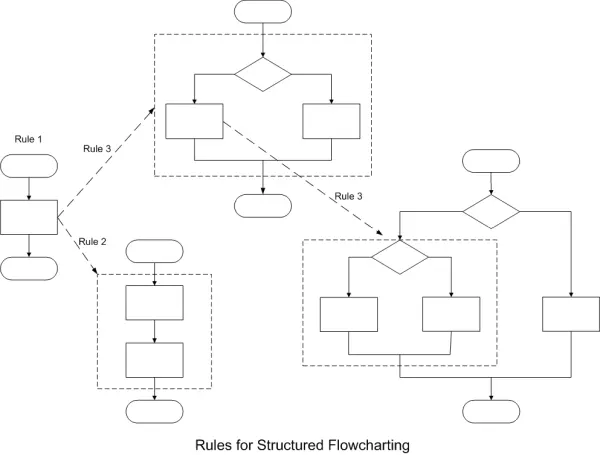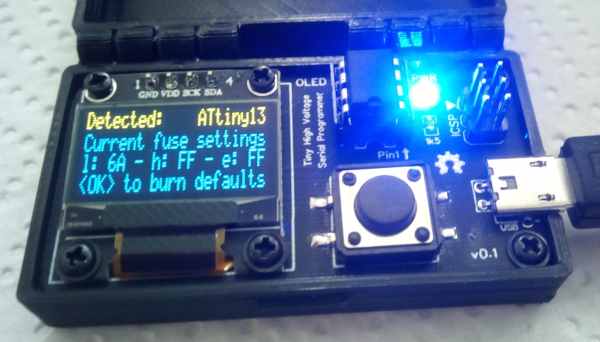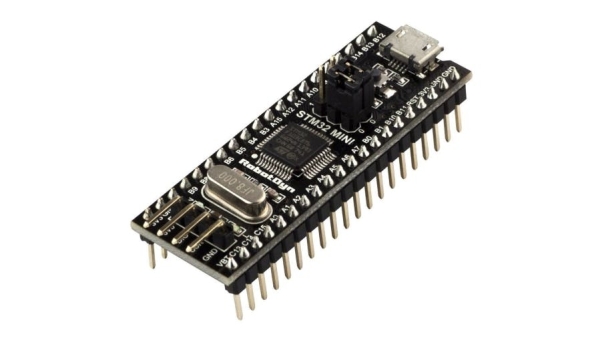Programming in the C language for the ATmega16 microcontroller
Introduction “Programming is merely one facet of a more extensive puzzle. To effectively address a problem, programmers must thoroughly understand and navigate the entire problem-solving process before diving into software development. This platform will outline the essential steps for problem analysis and solution implementation.” Following an introduction to the fundamental problem-solving process, this platform will […]
Programming in the C language for the ATmega16 microcontroller Read More »




